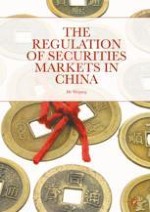2018 | OriginalPaper | Buchkapitel
5. Insider Trading and Investor Protection
verfasst von : He Weiping
Erschienen in: The Regulation of Securities Markets in China
Verlag: Palgrave Macmillan US
Aktivieren Sie unsere intelligente Suche, um passende Fachinhalte oder Patente zu finden.
Wählen Sie Textabschnitte aus um mit Künstlicher Intelligenz passenden Patente zu finden. powered by
Markieren Sie Textabschnitte, um KI-gestützt weitere passende Inhalte zu finden. powered by
